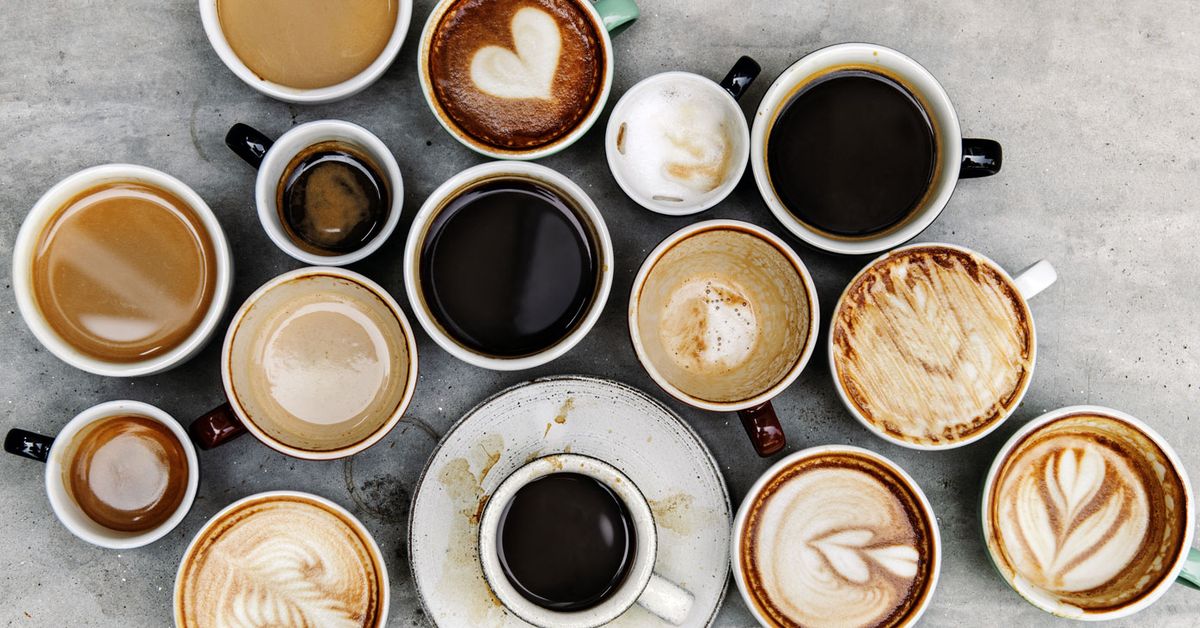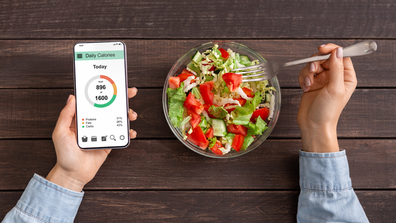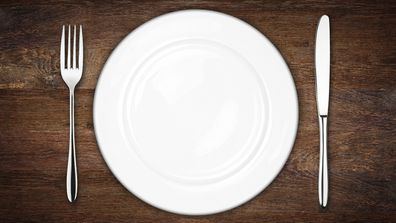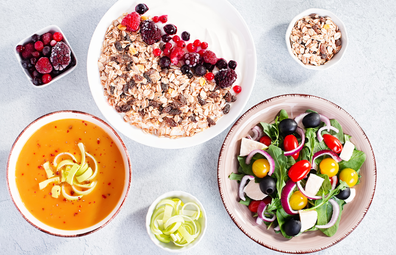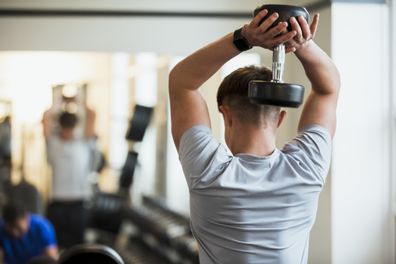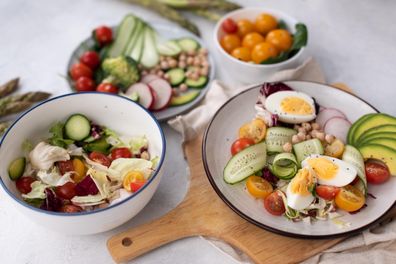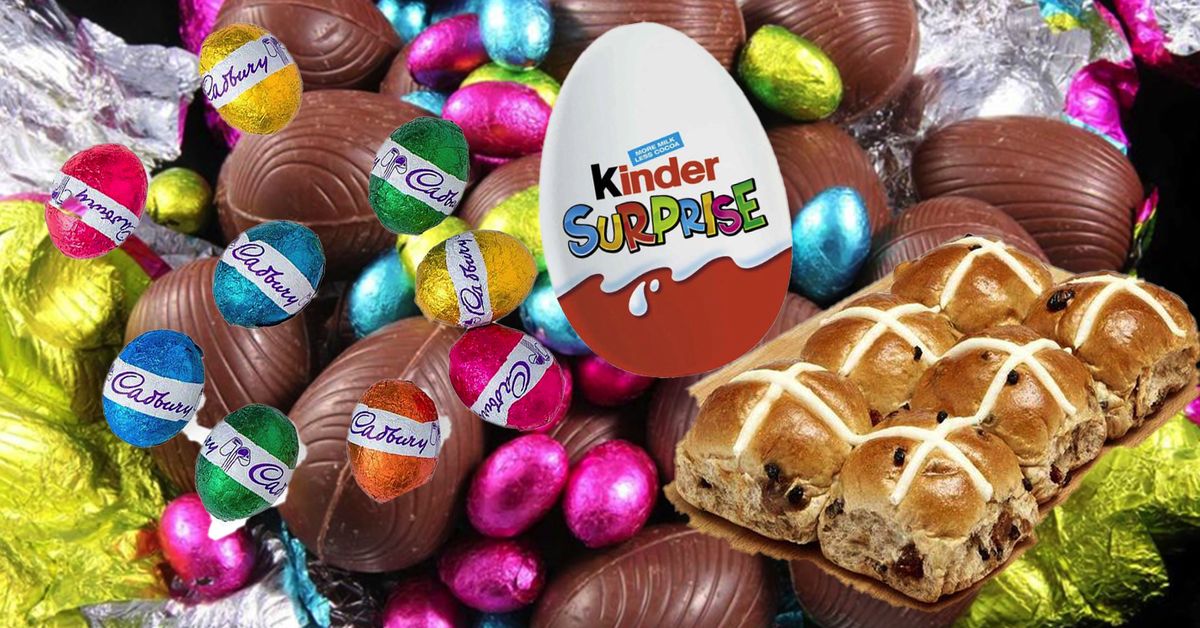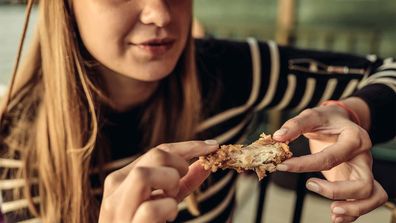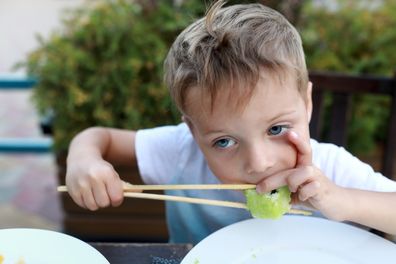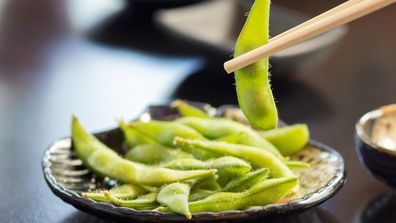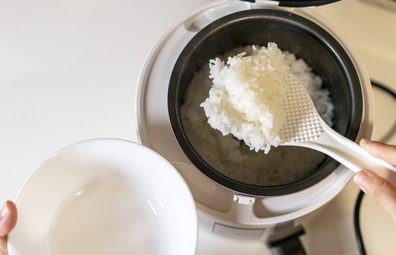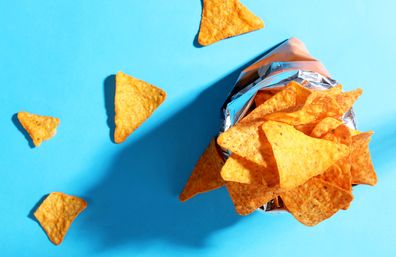Hunger, like thirst and fullness, is a normal physiological sensation.
Hunger is controlled by a complex array of hormonal, physical and neural pathways which send various signals to indicate that it has been several hours in between meals and it is time to refuel.
The tricky thing about hunger is that it can be influenced by our eating behaviour, and as such programmed over time to override our baseline physiological needs.
READ MORE: How many calories do you really need?
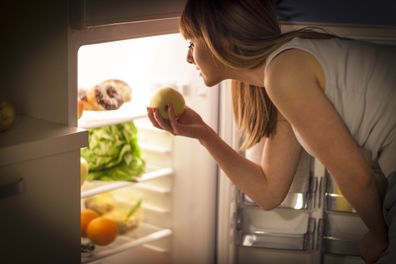
Different people may also experience hunger differently, with some extremely sensitive to the slightest feeling of hunger, while others may barely be aware of it and literally have to remind themselves to eat.
In the case of extreme hunger, or hunger that is almost insatiable, it is not a comfortable feeling with all thoughts and energy diverted to seeking satisfaction. Constant hunger can also be suggestive of dietary inadequacies that are driving the urge to seek out food.
So, if you find yourself constantly hungry, here are some areas of your diet to take a closer look at.
You need more carbs
Extreme diets that promote ultra-low carbohydrates intakes of 50g or less are notorious for driving cravings and unsatisfied hunger. As the brain and the muscles rely on glucose as their primary fuel source, chronically low intakes can drive appetite even when calorie intake is adequate.
READ MORE: Navy seal tactic for an eight-minute nap: ‘Best nap of your life’
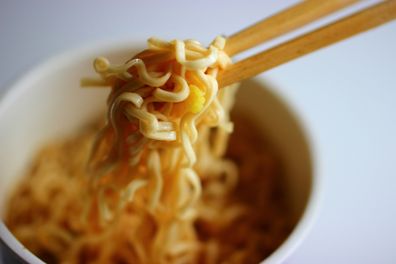
In the case of ketosis, in which carbohydrates and calories are low enough to start the conversion of fat mass to ketones, hunger may be repressed. In more cases than not though, carbohydrate intake remains too high for ketosis yet too low to adequately fuel the muscle and hence the extreme drive to seek out sweet foods to help restore glucose levels.
The average person will need a minimum of 80-100g of carbohydrate each day, with much higher requirements for those who are training regularly; wanting to gain weight or who have higher energy demands thanks to pregnancy, breastfeeding or just busy, active lifestyles.
You are eating too much sweet food
A diet that is relatively high in refined carbohydrates such as white bread, rice and processed snack foods, can result in fluctuating glucose levels and cravings for more sweet food.
READ MORE: How many calories in your favourite coffee?
The easiest way to take control of these cravings is to ensure that every time you enjoy a meal or snack you combine protein-rich foods such as meat, chicken, fish, dairy, legumes or nuts with a source of good quality carbohydrates such as wholegrain cereal, crackers or bread, fruit or grains.
This will help to slow digestion and regulate the hormones that control appetite. Examples of balanced food combos include cheese and crackers, yoghurt and fruit, eggs on wholegrain toast, or salmon with brown rice.
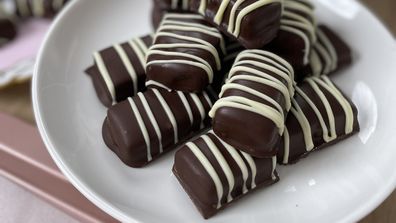
Your eating times need an overhaul
If you are one of the many people who do not notice hunger when you wake up, or through the morning, before being overcome with the need to eat and snack throughout the afternoon, it is a sign you may need to take a look at the time of day you enjoy your meals.
Late afternoon hunger often results in overeating throughout the afternoon and evening and so the cycle simply repeats.
Reversing this cycle can be as simple as having a light meal such as soup or salad for your dinner and then fasting for 12-14 hours. Over time you will start to notice hunger within an hour or two of waking so you can enjoy a balanced breakfast and early lunch and avoid the extreme drive to eat carbohydrate-rich foods late afternoon.

Your hormones need checking
Extreme, unexplained hunger, minus calorie or carbohydrate restriction or extreme training, may be suggestive of an underlying hormonal disturbance such as insulin resistance — especially if you are carrying extra weight, and are having trouble shifting it.
Insulin is a hormone secreted by the pancreas and high levels of insulin over time can drive the desire to eat ac fuel is not being metabolised as efficiently as it should be. If you have a family history of diabetes, or had gestational diabetes and find you are constantly craving sweet foods even after eating, it may be worth checking your insulin levels.
For a daily dose of 9Honey, subscribe to our newsletter here
Author Susie Burrell is a leading Australian dietitian and nutritionist, founder of Shape Me, co-host of The Nutrition Couch podcast and prominent media spokesperson, with regular appearances in both print and television media commenting on all areas of diet, weight loss and nutrition.

